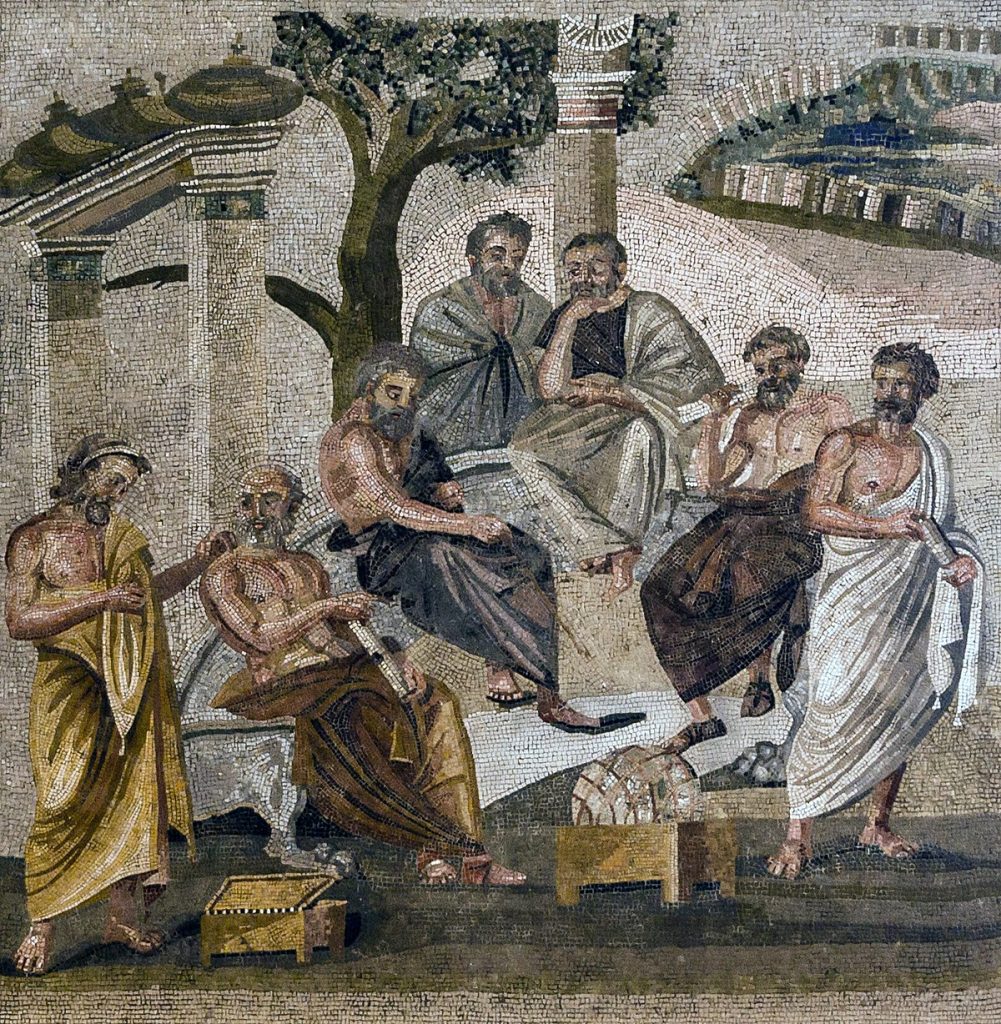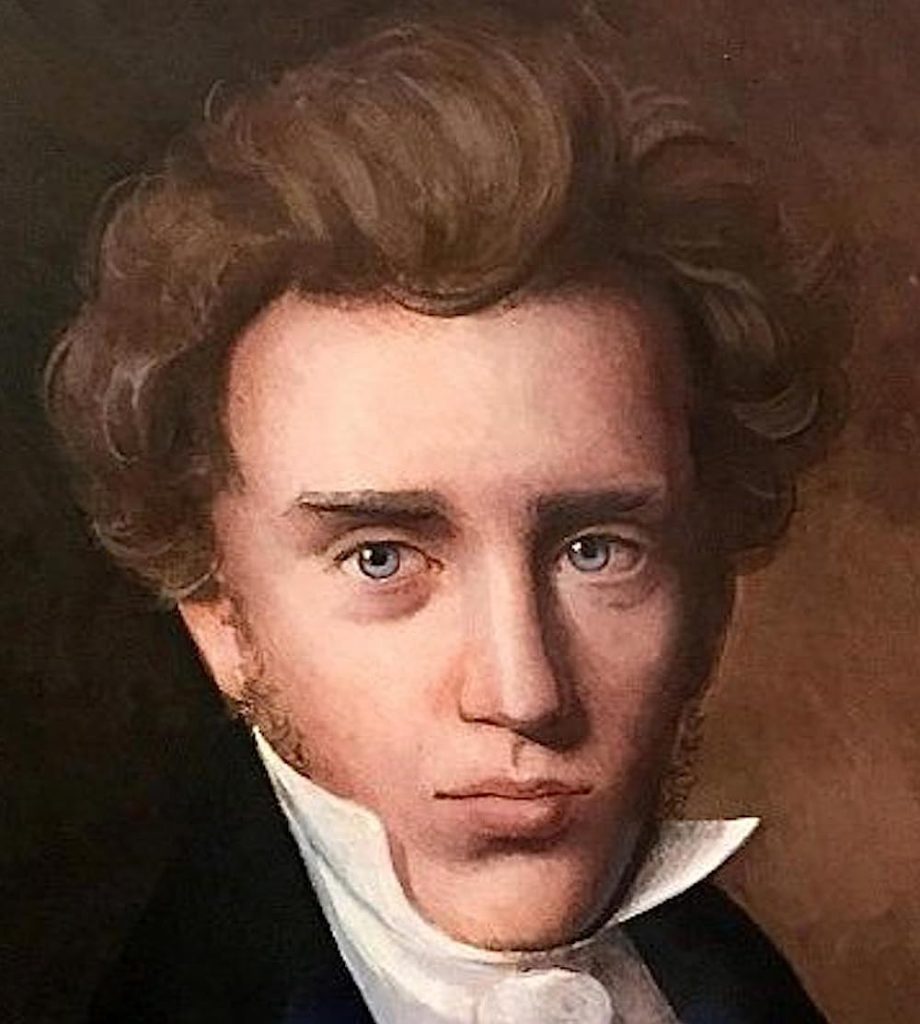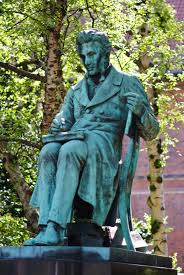Humor is one of the most ubiquitous, commonly experienced phenomena in the human experience. So why the heck do scientists have such a hard time understanding what it is, how it works, and why it’s important?
Let’s answer that together. We’ll take you down the road in our series on humor and explore the phenomena and what it means to emotion and communication.
First up, a history lesson. (Sorry not sorry)
History of humor as a subject of study
Plato

Plato was not particularly keen on humor, seeing it as beneath him. He felt it meanspirited and cruel, and accidentally created the first theory of humor: Superiority. Superiority humor is when unfortunate events afflict others arising in humor. Think: Slapstick comedy.
Plato did however, have several examples in his work. It’s important to note that humor was often employed as a rhetorical tool to convey deeper philosophical points or to highlight contradictions in arguments…and inadvertently establishing the existence of the phenomena of which he was so dismissive.
One notable example of Plato’s use of humor can be found in his dialogue “Euthydemus,” where he portrays the sophists, Euthydemus and Dionysodorus, as employing clever and entertaining forms of argumentation that reveal their intellectual arrogance and lack of substance. The sophists were itinerant teachers of rhetoric and persuasion in ancient Greece. In this dialogue, they engage in a display of verbal acrobatics that is both humorous and meant to highlight the shallowness of their methods.
Another example can be found in Plato’s dialogue “Philebus,” where Socrates humorously engages in a playful dialogue with Protarchus. Socrates uses various wordplay and puns to create a light-hearted atmosphere while discussing complex philosophical concepts related to pleasure, knowledge, and the nature of the good.
In “Phaedrus,” Plato uses humor to some extent as well. Socrates and Phaedrus engage in a playful discussion about the nature of rhetoric and the art of persuasion. Socrates employs a kind of ironic humor as he challenges the conventional notions of rhetoric put forward by Phaedrus and others.

Plato suggested that the study of comedy and humor was not a serious pursuit for scholars. One example of this can be found in his dialogue “Philebus,” where Socrates, the main character, states:
"...laughter, my dear Protarchus, is a very serious matter; for it is in truth a blind and irrational affection issuing from the soul, and it is far from being a human characteristic; for it is devoid of measure."
Socrates Tweet
This passage reflects Plato’s belief that humor, particularly laughter, lacks rationality and is not a desirable trait in the pursuit of philosophical wisdom. He emphasizes the importance of rational thought and moderation, which he considers to be more valuable than engaging in excessive or irrational laughter. (We will find later, that laughter was mistaken as a primary indicator of the presence of humor up until the 21st century).


While Plato himself did not extensively explore the study of humor, one of his students, Aristotle, delved into the topic in his work “Rhetoric.” Aristotle’s view of humor was more nuanced than Plato’s. In “Rhetoric,” he identifies three types of humor:
Wit (eutrapelia): This form of humor involves using playful language or making amusing remarks in a lighthearted manner. Aristotle saw wit as a valuable social skill that could help in social interactions and persuasion.
Buffoonery (bomolochia): This type of humor involves using coarse or obscene language for comedic effect. Aristotle considered this form of humor to be inappropriate and detrimental to one’s character.
Irony (eironeia): Irony involves saying something but conveying a meaning that is opposite or different from the literal words spoken. Aristotle recognized irony as a powerful tool for creating humor, and emphasized its role in wit and effective communication.
Unlike Plato, Aristotle didn’t dismiss the study of humor outright. He recognized its social and psychological aspects and acknowledged that it could be used effectively for persuasive purposes, provided it was used skillfully and ethically.
In the end, the Greeks did establish the first theory of humor, Superiority, and had some initial insights into other theories that came later and better encapsulate the phenomena of humor.
Soren Kierkegaard
Søren Kierkegaard, a Danish philosopher and theologian from the 19th century, wrote extensively on various aspects of human existence, including humor. Kierkegaard’s thoughts on humor can be found in his works such as “Stages on Life’s Way” and “Concluding Unscientific Postscript to Philosophical Fragments.” His exploration of humor is intertwined with his examination of the complexities of human existence, ethics, and the individual’s relationship with God.

Kierkegaard had a unique perspective on humor, seeing it as a way to address deeper existential concerns rather than merely a source of amusement.
He distinguished between two types of humor: the humorous and the comical. Let’s delve into each of these with examples:

The Humorous: Kierkegaard believed that true humor goes beyond superficial laughter and engages with profound aspects of human existence. The humorous, in Kierkegaard’s view, involves a sense of irony, self-awareness, and a deeper understanding of life’s contradictions. It often reveals the absurdity of human behavior and societal norms.
In Kierkegaard’s work “Stages on Life’s Way,” he presents the character of Johannes Climacus, who uses humor to shed light on the discrepancies between one’s actions and beliefs. Climacus tells a story about a fire in a theater, where people rush to save their belongings instead of prioritizing their own safety. This humorous anecdote underscores the irony of how people can become consumed by worldly concerns while neglecting their spiritual well-being.
The Comical: Kierkegaard’s concept of the comical is more focused on external, surface-level humor that entertains but does not necessarily provoke deeper reflection. The comical is characterized by exaggeration, absurdity, and often relies on slapstick or farcical elements.

Kierkegaard himself used pseudonyms in his writings, and one of his pseudonymous characters, Judge William, employs comical scenarios to critique societal conventions. In “Either/Or,” Judge William describes the absurdity of a young man trying to impress a woman by performing dangerous stunts like jumping from a church tower. This comical situation highlights the lengths to which individuals might go to gain approval or admiration, often at the expense of their own well-being.
Kierkegaard’s writings on humor underline his belief that humor can be a powerful tool for self-examination, revealing the contradictions and limitations of human existence. He recognized that humor, when used thoughtfully, can serve as a means of confronting life’s paradoxes and inviting individuals to reconsider their values and priorities.
It’s important to note that Kierkegaard’s ideas on humor are deeply intertwined with his broader philosophical framework, which includes themes of existentialism, Christian ethics, and the concept of the individual’s relationship with God. As a result, his perspective on humor is complex and often requires a deeper exploration of his works to fully appreciate its nuances.
And, his work paved the way for perhaps the most famous psychologist, Edmund Freud…
COMING UP: Freud’s dog make a fool of him
